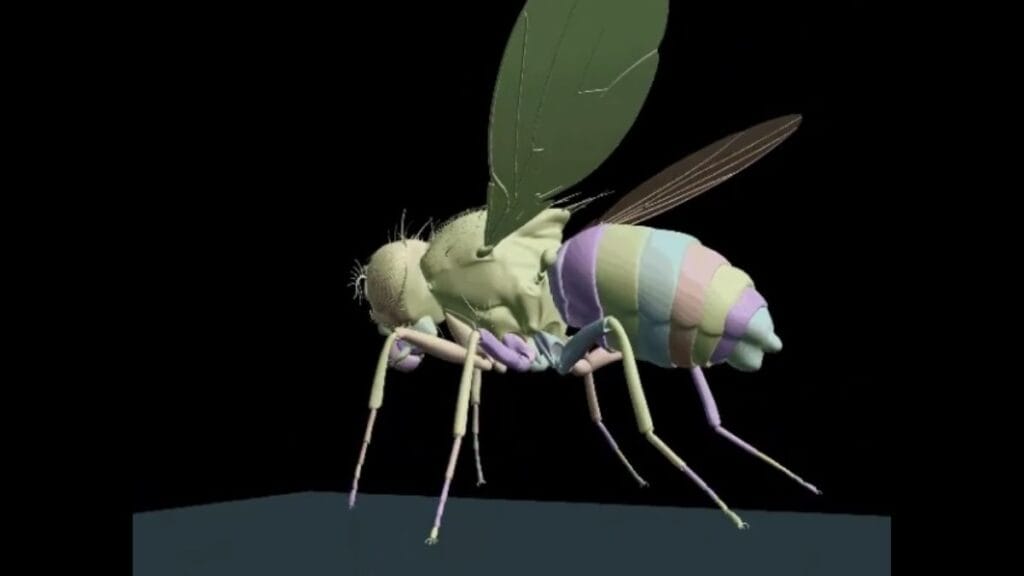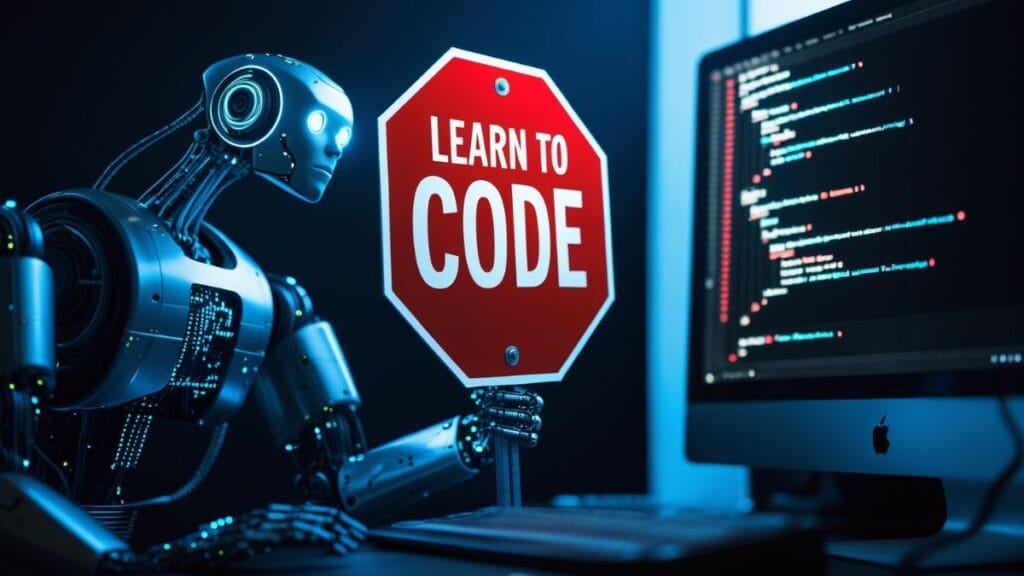Google DeepMind has created an AI model that accurately simulates how a fruit fly walks, flies, and responds to its environment. This isn’t just another AI project – it represents a significant step in connecting computational neuroscience with physical reality. Made in partnership with HHMI Janelia Research Campus, this virtual insect replicates realistic motion and can even use its eyes to control its actions.
How The Virtual Fly Works
The technical foundation of this project is MuJoCo, Google’s open-source physics simulator originally built for robotics and biomechanics research. To make it work for simulating a fruit fly, the team added several specialized features:
- Simulation of fluid forces that act on the fly’s flapping wings
- Flight mechanics that allow realistic aerial movement
- Adhesion actuators that mimic how insect feet grip surfaces
What makes this simulation truly remarkable is how the AI learns to control the virtual insect. The team trained an artificial neural network using real fly behavior recorded on video. This trained network then controls the model in MuJoCo, creating movements that match the actual flight patterns of real fruit flies.

The simulation can follow complex natural flight paths with high accuracy. When instructed to follow a specific trajectory (marked by reference points in the demonstration), the virtual fly moves with the same fluid mechanics as its biological counterpart.
Beyond Academic Curiosity: Practical Applications
While creating a virtual insect might seem like a purely academic exercise, this work opens doors to several practical applications:
Brain-Body-Environment Connections Scientists can use these models to better understand how the brain, body, and environment work together to create specific behaviors. The simulation allows researchers to explore connections that are difficult or impossible to measure in laboratory settings.
Medical Research Translation Google DeepMind has already applied this approach to multiple organisms – first a virtual rodent and now a fruit fly. Their next target is the zebrafish, which shares 70% of its protein-coding genes with humans. This progression suggests a path toward simulating more complex organisms with direct applications to human medicine.
Robotics Innovation The physics-based approach to movement could revolutionize how robots are designed. Rather than programming explicit movement patterns, future robots could use neural networks trained on natural movement data, resulting in more fluid and adaptive motion.
Drug Development Virtual organisms could serve as initial test subjects for studying how certain compounds affect behavior and movement before moving to live animal testing, potentially reducing ethical concerns and research costs.
Technical Achievements Worth Noting
The technical implementation of this project includes several innovations that deserve attention:
Whole-Body Physics Simulation The team created an anatomically detailed biomechanical representation of the fruit fly’s body. This level of detail is necessary to accurately model how the nervous system generates behavior.
Versatile Framework Unlike previous simulations that focus on a single type of movement, this framework enables simulation of both terrestrial and aerial locomotion, making it much more versatile.
Data-Driven Reinforcement Learning The team used end-to-end reinforcement learning to train neural network controllers that generate naturalistic locomotion along complex trajectories in response to high-level steering commands.
Hierarchical Motor Control The simulation demonstrates visual sensors and hierarchical motor control, with a high-level controller reusing a pre-trained low-level flight controller to perform visually guided flight tasks.
The Future of Embodied AI
Google DeepMind’s fruit fly model points to a future where AI systems are deeply integrated with physical reality:
Beyond Disembodied Intelligence Most current AI systems operate without a physical body or environment. This project shows the value of embodied AI that understands physical constraints and biological realities.
Connecting Multiple Scientific Disciplines The project brings together experts from biology, neuroscience, physics, and computer science. This cross-disciplinary approach may become the standard for future AI research.
Open-Source Science Google DeepMind and HHMI Janelia have open-sourced the model, making it available to researchers worldwide. This commitment to open science could accelerate progress in both AI and neuroscience.
Why Scientists Are Excited
The real value of this work extends beyond the specific simulation:
Testing Neuroscientific Theories Scientists can use the model to test theories about how neural circuits control movement without the need for invasive experiments on live animals.
Identifying New Research Questions The simulation may help identify gaps in our understanding of how nervous systems work, leading to new experimental questions.
Building Better AI Insights from how fruit flies efficiently solve complex movement problems with relatively simple nervous systems could inspire more efficient AI architectures.
What’s Next for Physics-Based AI Simulations?
The progression from rodent to fruit fly to zebrafish suggests an ambition to simulate increasingly complex organisms. The ultimate goal may be to create detailed simulations of human physiology to advance medical research and treatment.
As computing power increases and simulation techniques improve, we might expect to see:
- More complex organisms simulated with increasing accuracy
- Integration of these models with other AI systems
- Applications in prosthetics and assistive devices
- New insights into evolutionary biology through comparative simulation
Get Involved
For those interested in exploring this technology, Google DeepMind and HHMI Janelia have made the model publicly available. The “flybody” repository provides an anatomically-detailed body model of the fruit fly for the MuJoCo physics simulator, allowing researchers and developers to build upon this work.
Whether you’re a neuroscientist, AI researcher, or robotics engineer, this platform offers new ways to study movement, sensory processing, and the connection between brains and bodies.
What aspects of animal behavior would you like to see simulated next? The field is wide open for innovation.


